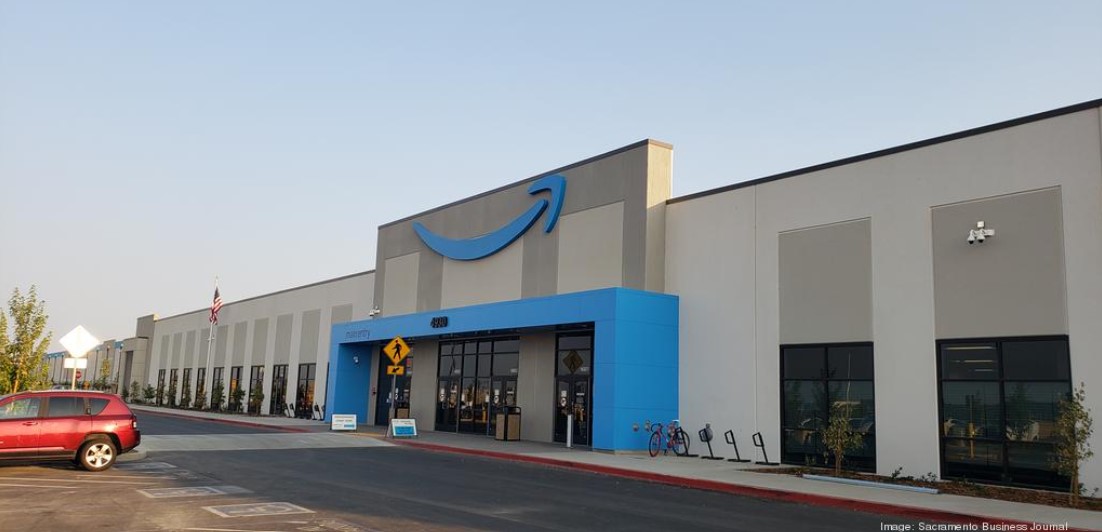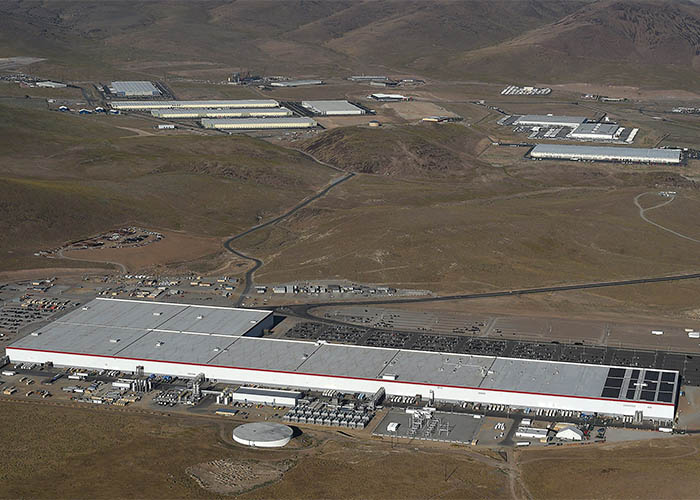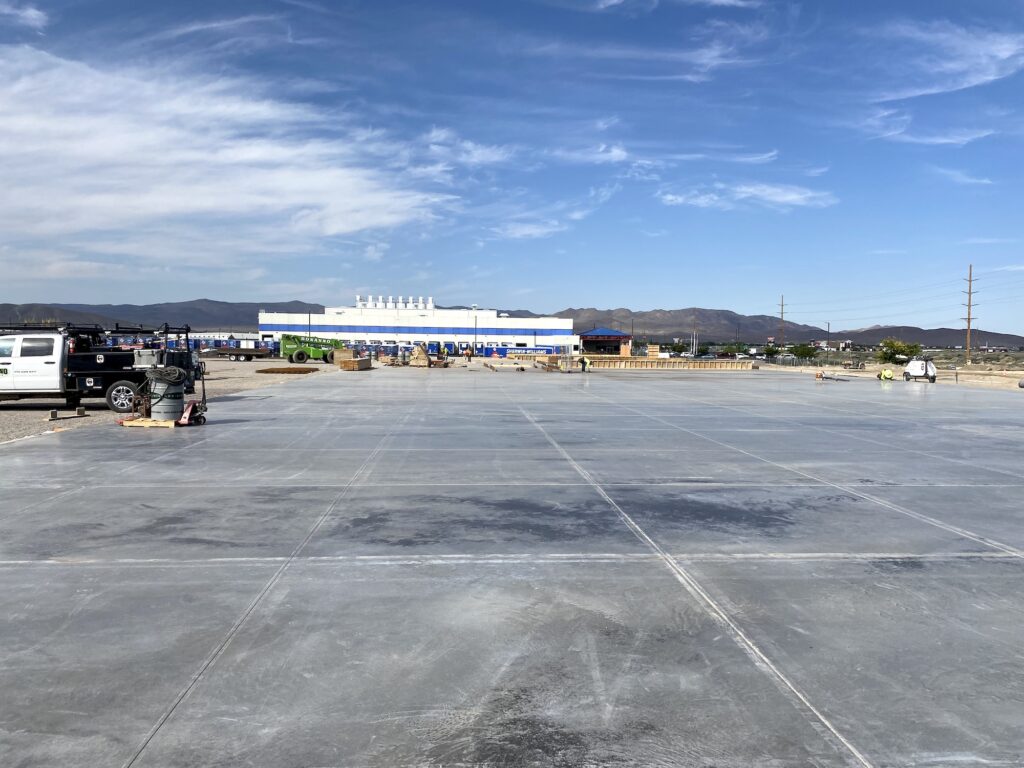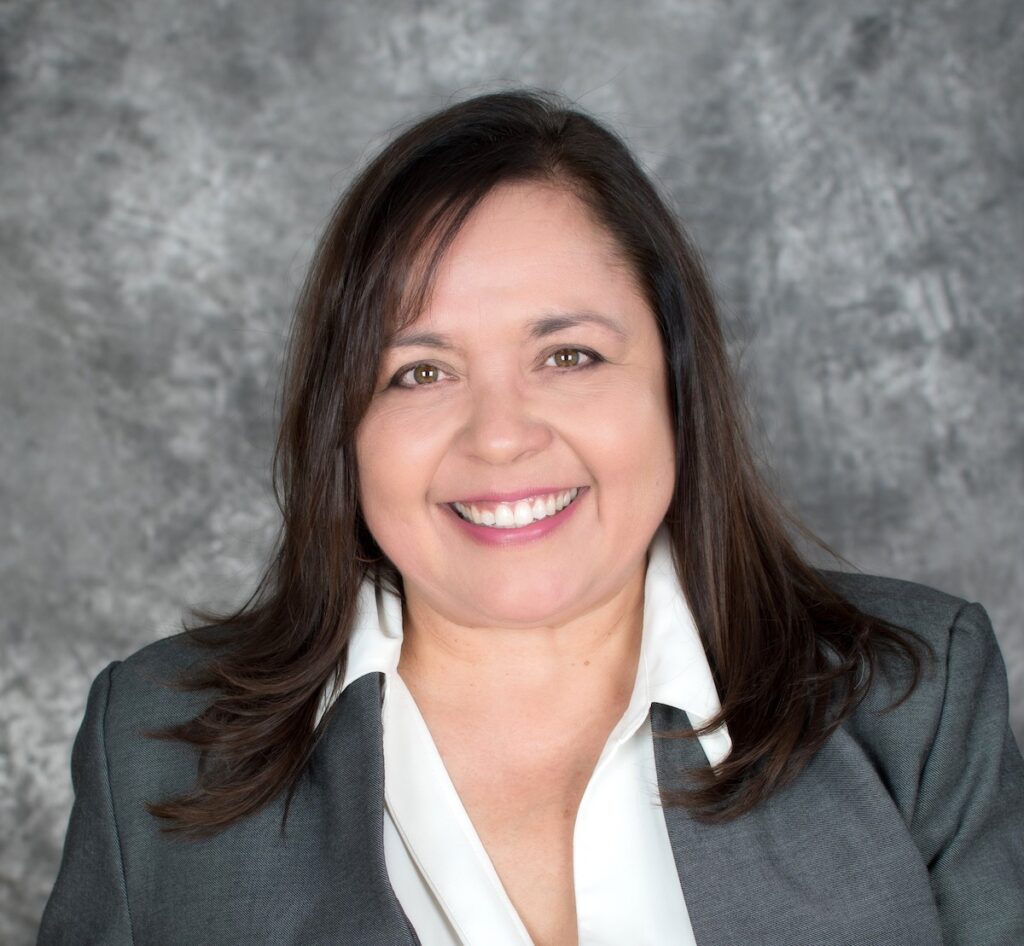6 big development projects to watch this year
As 2022 starts to gear up, development doesn’t look like it will be any less robust than it’s been in recent years, particularly in the same categories that have been hot: industrial parks, single-family subdivisions and urban residential. But some existing, ongoing projects could see new contours this year, and some new ones are poised to start and become their own narratives and centers of activity in years to come. Here are six projects to watch this year.
Metro Air Park
Metro Air Park, the site of the Amazon fulfillment center, has a half-dozen industrial projects underway.
After decades of planning, Metro Air Park is now deep into actual construction, with a half-dozen industrial projects currently underway and both local developers like Buzz Oates and national players like NorthPoint Development and Schnitzer Properties (formerly Harsch Investment Properties) active.
Two big questions with the 1,300-acre commercial site will start to get answered in 2022. One is how much industrial demand is still to come, with more than two-thirds of what’s in the park already spoken for. If it’s still high, that will spark other industrial projects on the boards nearby as well as in Rancho Cordova, Roseville and elsewhere.
The other is when Metro Air Park will become more than just an industrial area. A couple of recent property sales are in the part of the project planned for more highway commercial or industrial-serving uses, so that answer should come soon as well.
For long-term economic development, no project may be as important to the city of Sacramento as Aggie Square, the research and higher education hub planned for land south of UC Davis Medical Center in the Oak Park neighborhood.
The first projects for Aggie Square should get underway in a matter of months if not weeks, with legal challenges resolved and project partners saying now’s the time.
It probably won’t be until next year before those gleaming new buildings start getting populated with bright young minds and research field experts. But construction starting will also be a clear signal to the surrounding area — and projects such as housing planned nearby — that the project is a go.
Folsom Ranch
No local development may have benefited more than Folsom Ranch from the influx of former Bay Area residents to the Sacramento region.
No residential development may have benefited more in the last couple years from a surge of new Bay Area buyers who don’t need to be close to the office anymore. Virtually every major builder is active out there, or soon will be.
But naturally, it’s not hard to imagine the hundreds of new residents in Folsom Ranch beginning to grumble to themselves that it would be nice to have a place nearby to fill up on gas, grab a coffee or even a takeout dinner.
At least two retail proposals to that end are under review with the city, with construction expected as soon as this spring. Other proposals on the horizon include two medical campuses, and both affordable and market-rate apartments, meaning 2022 might be when Folsom Ranch becomes more than just a big neighborhood.
Project Elevate
Turton Commercial Real Estate will market a 20-acre site in Elk Grove envisioned as an urban-style development called Project Elevate, depicted here in conceptual form, with elements including multifamily housing, hospitality, retail and office components.
This year probably won’t see much in the way of actual construction for Project Elevate, the 20-acre site in Elk Grove intended to feel like an urban center, with dense housing and destination retail and nightlife. Turton Commercial Real Estate has started a national campaign to find a developer who will take the project on. Developers have asked about the proposal since and during the pandemic, so it’s not a stretch to say one could sign on this year.
Project Elevate — along with ongoing investment in the city’s historic district, the Sky River Casino project under construction, and talks about relocating the Sacramento Zoo to the city’s southeast corner — could make 2022 the year Elk Grove takes on a more well-rounded identity.
Sacramento Commons
Sacramento Commons is on Fifth Street between N and P streets.
Along with 162 units at The Frederic on Capitol Mall, the 400-odd units at Sacramento Commons south of Capitol Mall will represent the biggest chunk of new housing downtown in years, if not decades. The Frederic is already leasing and Sacramento Commons should follow by fall.
Some would say Downtown Sacramento could use the help. Though the office market has shown some signs of recovery, foot traffic is still noticeably light during the day. Having a few hundred more people not just working, but living downtown would make a difference for the restaurants and retailers who’ve been holding on since the coronavirus pandemic began nearly two years ago.
If those and other new housing projects like ARY and 17 Central in Midtown Sacramento do well, it’ll also be a good sign for other projects on the horizon, like Southern Land Co.’s proposed 24-story apartment tower on Lot X on Capitol Mall, set for a 2023 start.
Roseville Junction
A site plan for a proposed project called Roseville Junction near the Westfield Galleria shows two hotels, event space, three restaurants and what appears to be a public market area. Among the other dashed dreams from the pandemic is the likelihood of a conference center being developed near the Westfield Galleria at Roseville. But the land for the site now has a proposal called Roseville Junction that could move ahead this year.
Though brokers have cautioned against reading too much into plans so far, the concept calls for hotels and destination retail/restaurant options on an 11-acre site east of the mall. The right mix of tenants could draw people who’ve done most of their shopping online in recent years, and provide a case study in how new, similar developments might make the numbers work.






